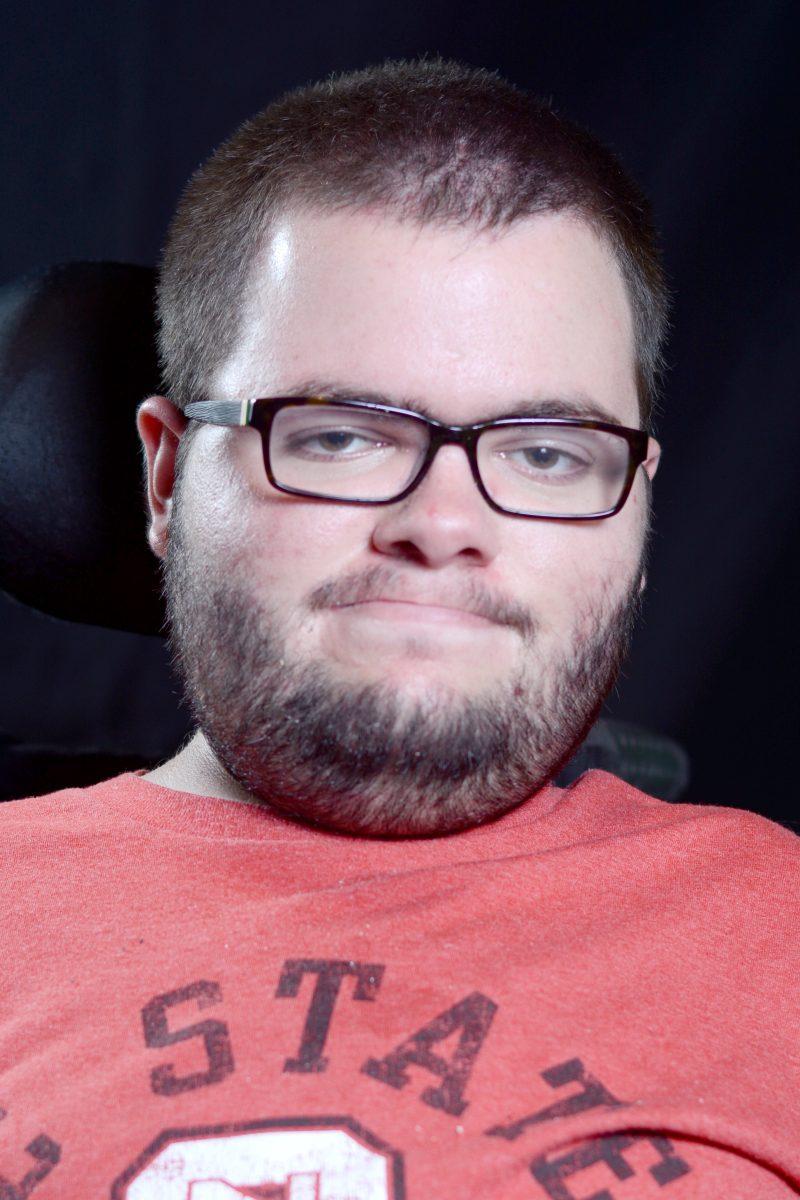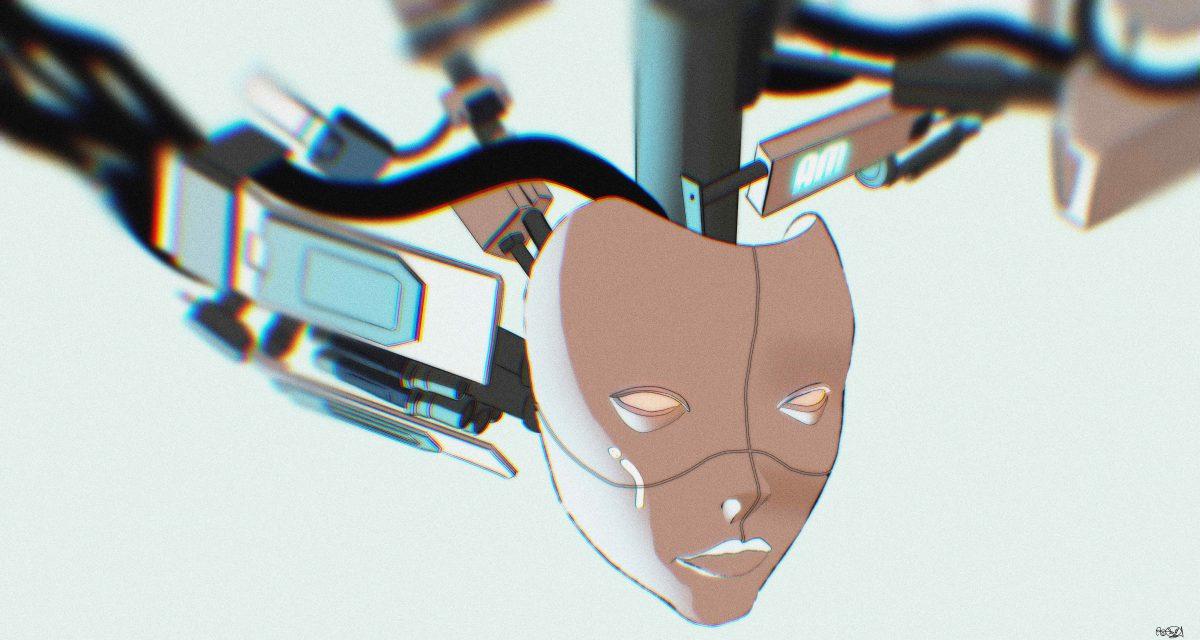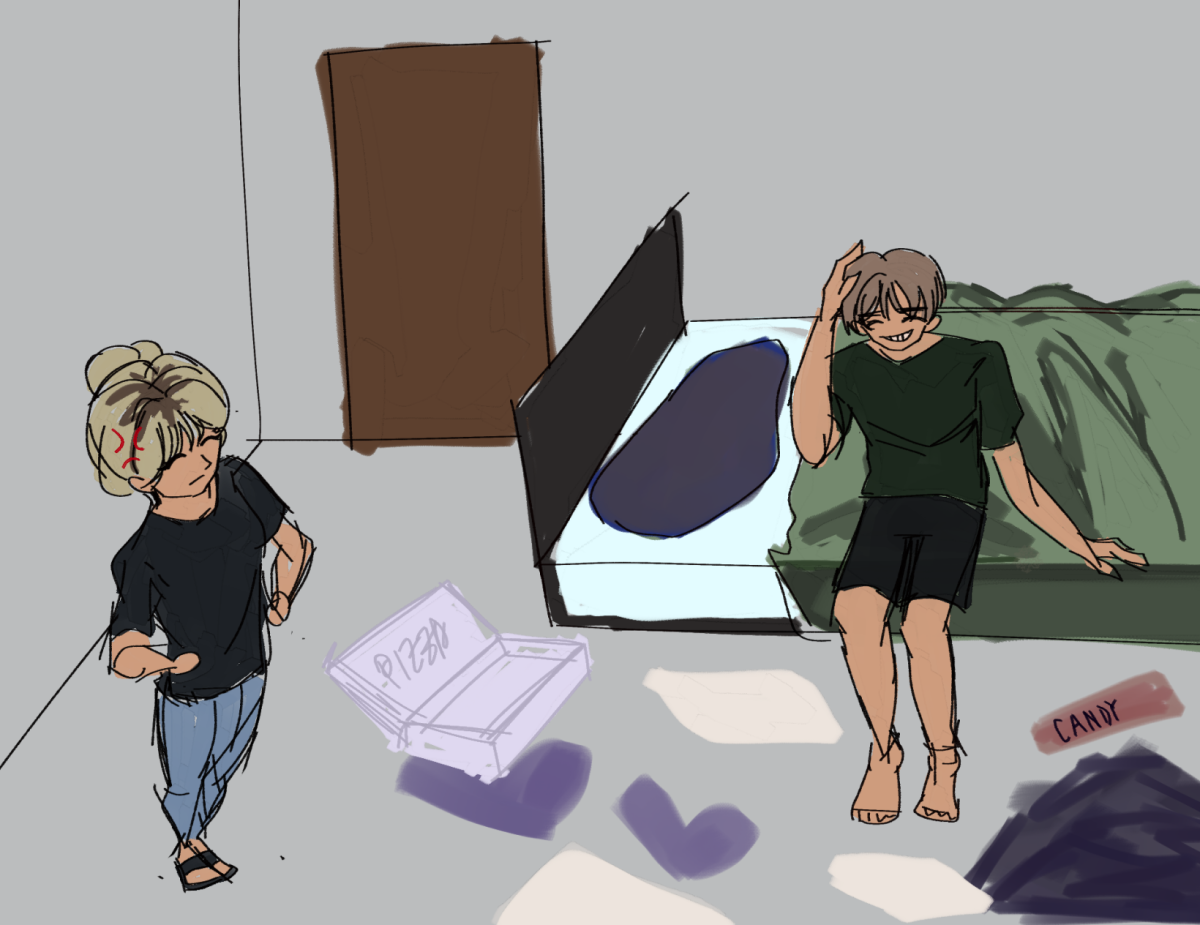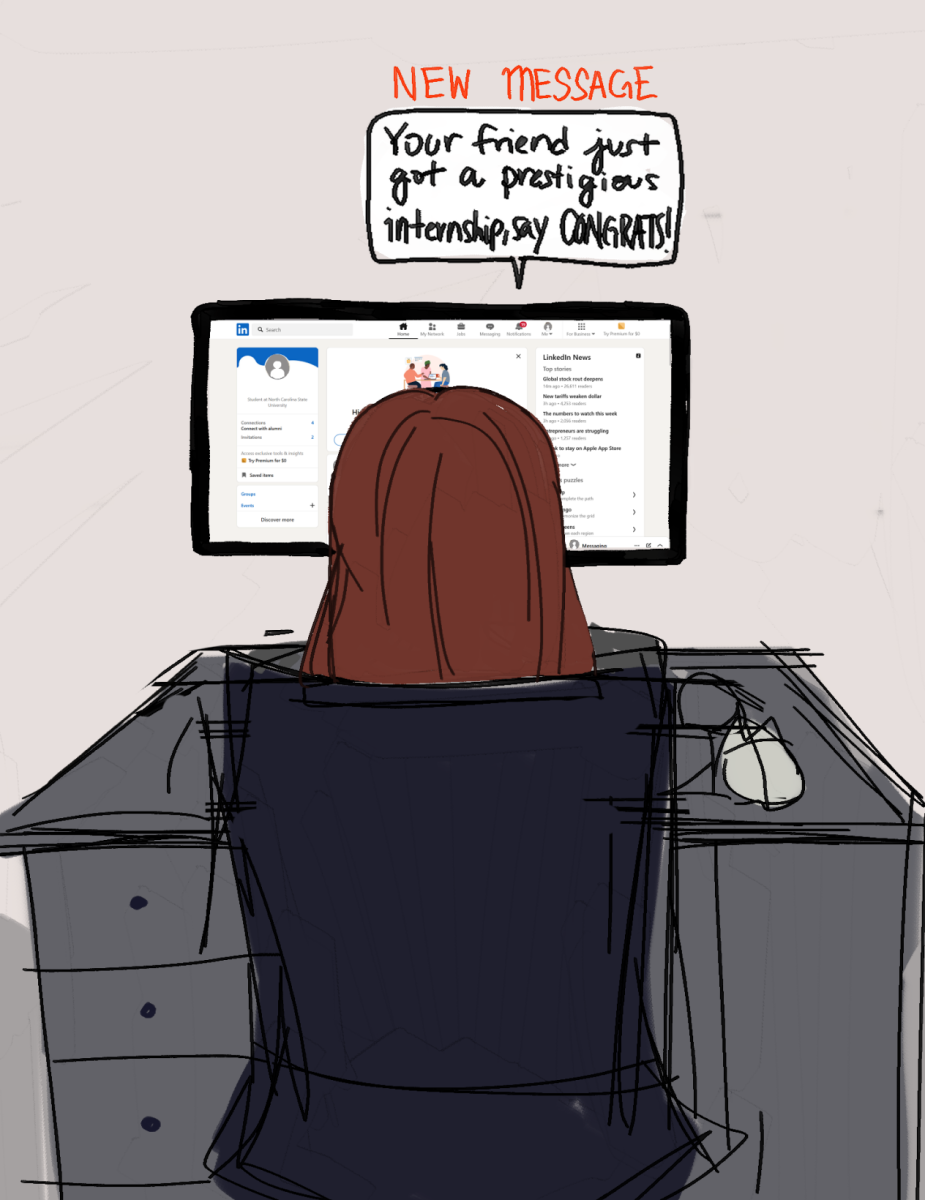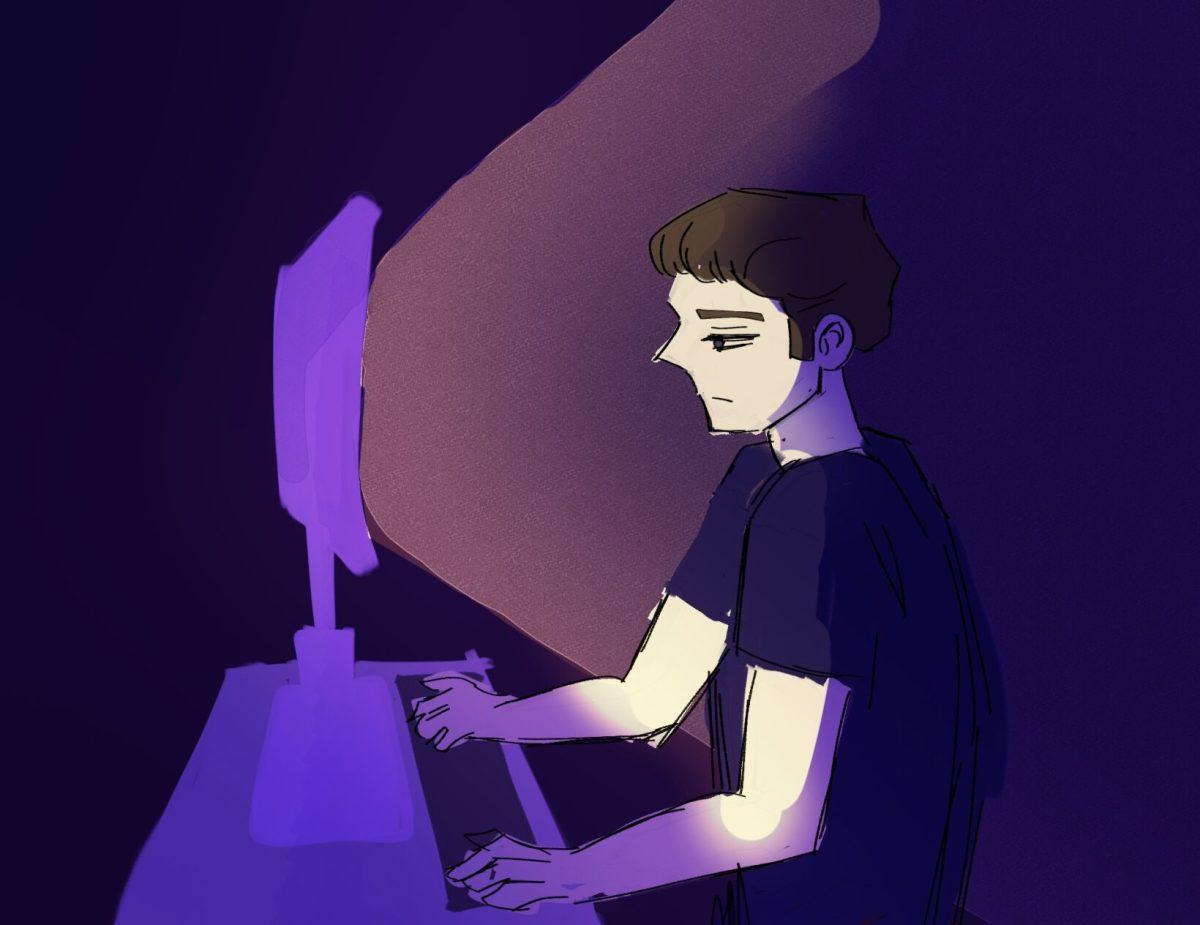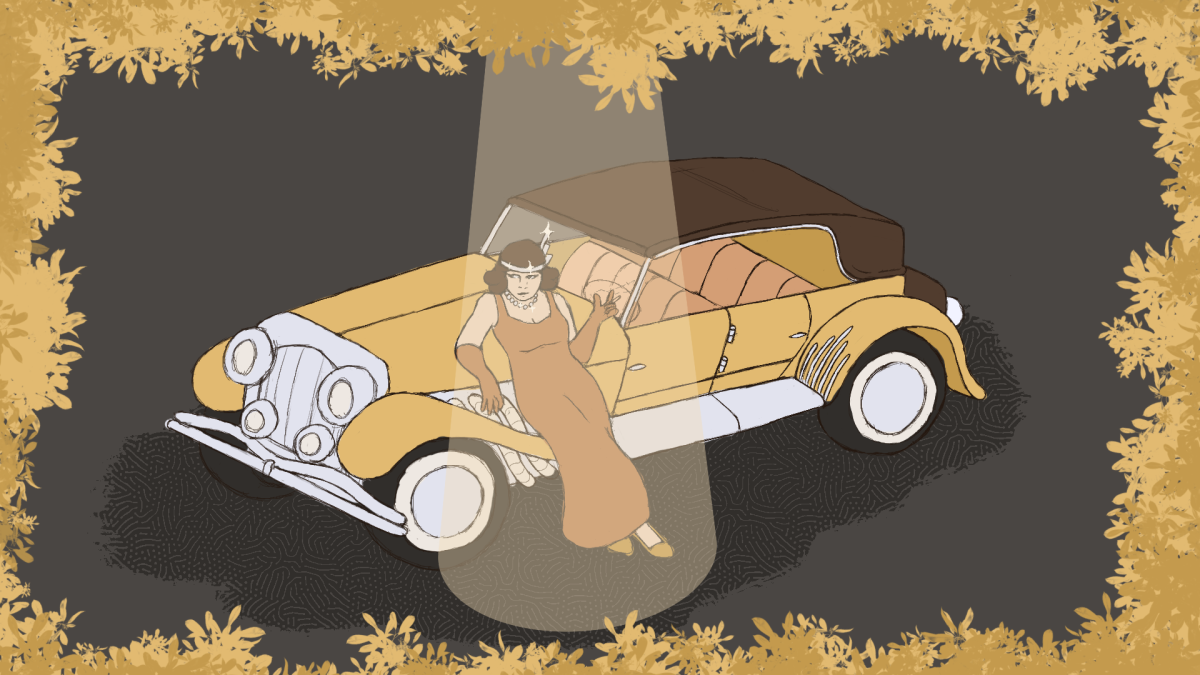Jerika Bolen is a 14-year-old girl who lives in Wisconsin with her mother, and who has a rare motor neuron disorder called Spinal Muscular Atrophy (SMA) type two. And after 38 surgeries and years attached to a ventilator so she can breathe, Jerika has decided to end her life next month.
As expected, this has become a national story with media outlets competing to see who could produce the most heartfelt and gripping account. Across the board, Jerika is being portrayed as extremely noble and brave for her decision. They see it as an opportunity for her to finally be free of her debilitating condition, and no longer live as a burden to others.
Now, I’m not here to tell Jerika what she should or shouldn’t do. I don’t know her or her individual circumstances, and while I hope that she might reconsider, it’s not my place to make decisions for her or her family. But as an adult with the same condition as her, I am outright furious at how many newspapers and online sources have presented some blatantly incorrect information regarding those of us with SMA.
I would have thought that with a story as grounded in ethical controversy as this one, there would be more journalists willing to dig deeper and get their facts straight. Instead, the majority of stories about Jerika have boiled down to this message: SMA is a horrible disease and those who suffer from it are better off dying.
The Washington Post called type two SMA “a rare disease that causes debilitating pain and in her [Jerika’s] case the loss of all muscle control, save for parts of her face and hands,” and said that “people with SMA II, an inherited, incurable condition, don’t usually live into adolescence.” The Huffington Post said that this disease causes “constant pain.”
I’m 22, in college, and working on a writing career. I know other adults with this disease who are in their 30s and 40s. These people are businesspeople, writers, counselors, husbands, wives, fathers, mothers and they live independent, healthy, productive lives. Shane Burcaw, an SMA author whose book “Laughing at my Nightmare” examines life with a physical disability, said in a Facebook post, “With advances in medical technology, the common story is that we are living into our 40s and 50s and 60s, with families and careers and passions.”
Based on my experiences, the numerous people with SMA I’ve met at conferences over the years and the research being done to develop treatments, I can tell you that Jerika’s case is a bit of an extreme. She suffers much more than me or a lot of my friends, and for that I have nothing but empathy for her. I’ve only had two surgeries in my lifetime, but 38 in 14 years is a staggering number that I can’t even imagine.
The problem, however, is that the majority of media outlets that have covered this story are falsely misrepresenting Jerika’s case as the standard for everyone who has SMA. Yes it is a progressive disorder, meaning that those of us who have it get weaker over time. My muscle strength has deteriorated significantly throughout high school and college, and I now use more technological devices to do everyday tasks. I also have friends who use ventilators and feeding tubes.
Yet in spite of those obstacles, we still live our lives just like everyone else. And as far as SMA causing “constant pain” for everyone diagnosed with it, that is a pure lie. Everything about this disease varies from person to person, and I know very few who endure physical pain on a regular basis.
I genuinely hope for the best for Jerika and her family, and I hate that she’s had to suffer so much in her lifetime. And with a story as complex and controversial as hers, I am disappointed at how poorly the majority of media outlets have covered it. To the journalists who have told the public that SMA is a disease so unbearable that those of us with it are better off not being here, all I have to say is this: do your homework and get your facts straight.


